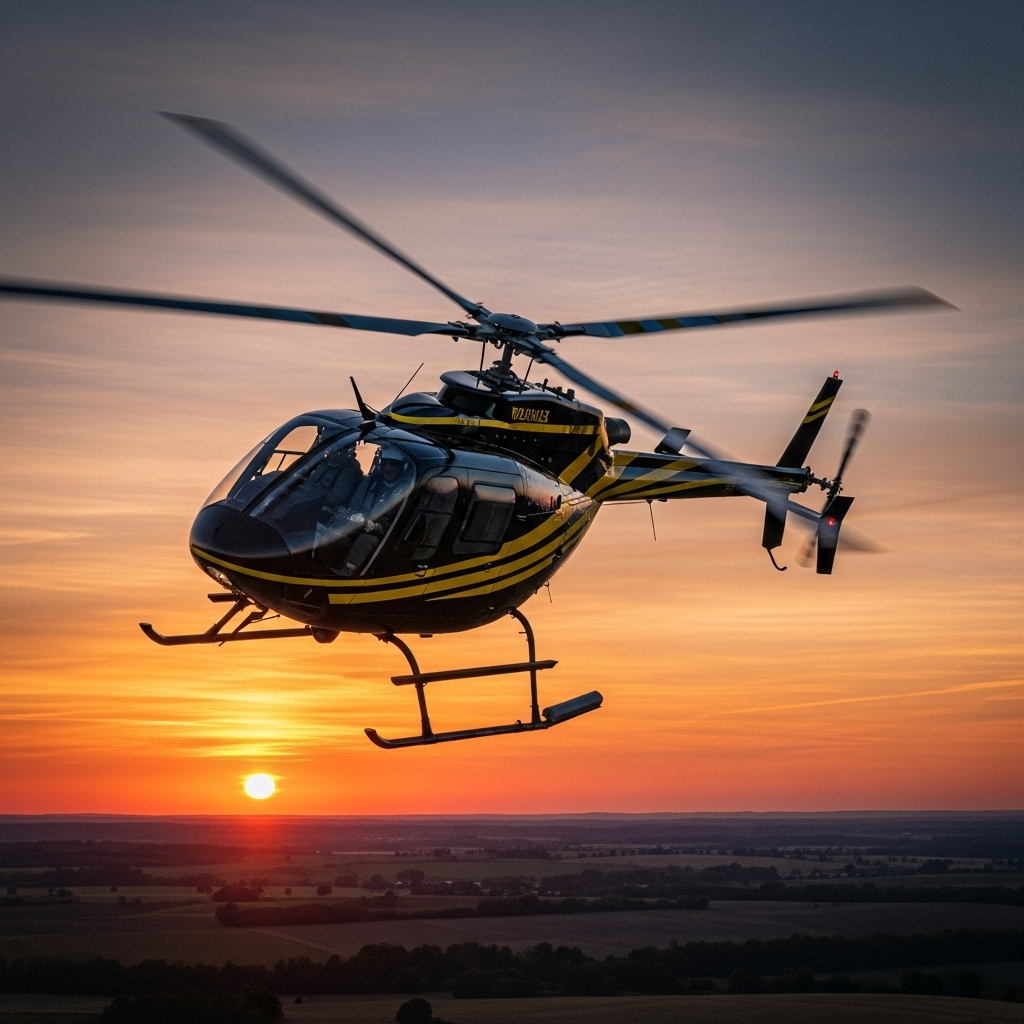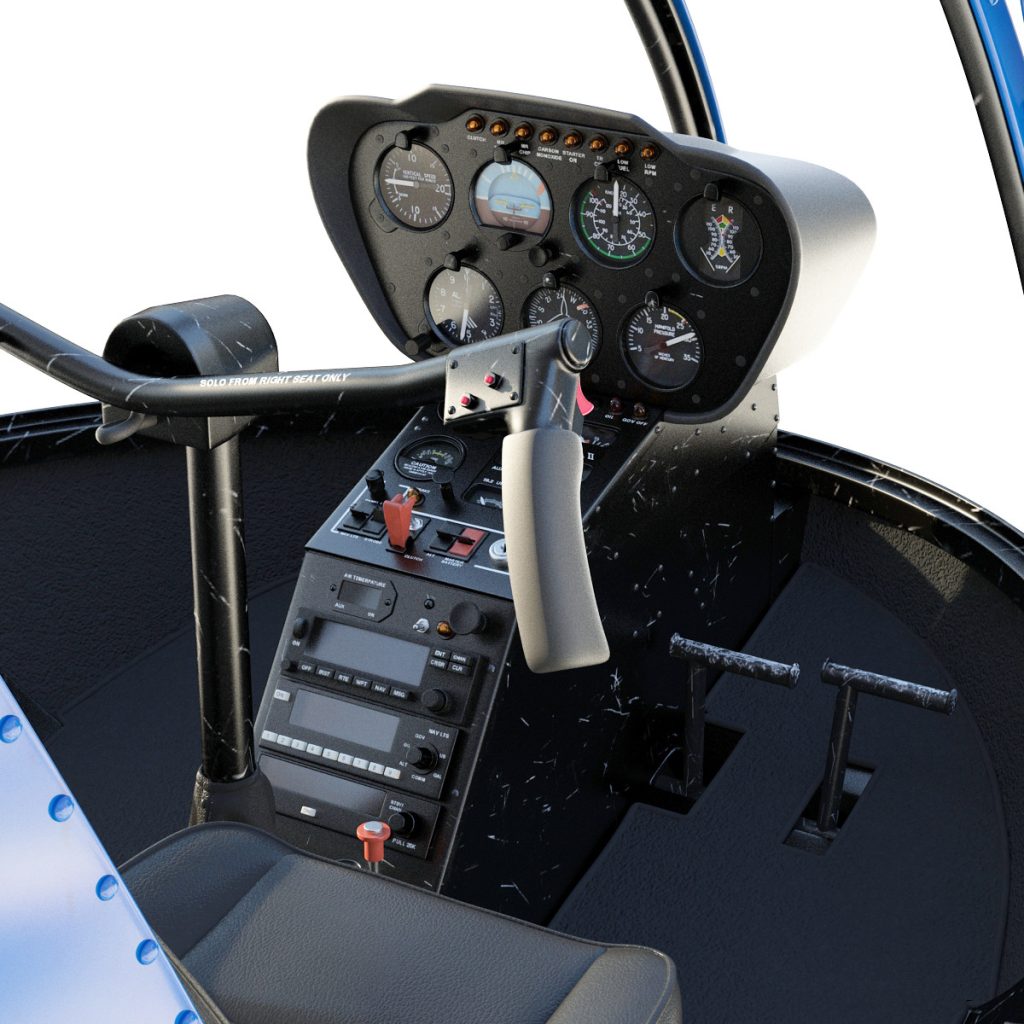Transitioning from drone piloting to helicopter flying is an exciting journey that involves understanding new controls, developing advanced skills, and gaining confidence in a more complex environment. While both aircraft are capable of vertical takeoff and landing, helicopters demand a deeper comprehension of aerodynamics, control systems, and pilot responsibilities. This article explores the fundamental differences between drones and helicopters, highlights key controls and instruments vital for helicopter piloting, discusses strategies for developing necessary skills, and offers practical tips to ensure a smooth and confident transition.
Understanding the Fundamental Differences Between Drones and Helicopters
Drones and helicopters share similarities in their ability to hover and perform vertical flights, but they are fundamentally different in design, control complexity, and operational scope. Drones are typically small, lightweight, and remotely operated or semi-autonomous, relying on electronic stabilization and simple control inputs such as throttle, pitch, yaw, and roll. In contrast, helicopters are manned aircraft with complex mechanical systems, requiring pilots to manually manipulate a set of controls that influence rotor dynamics, stability, and flight path. The helicopter’s aerodynamic principles involve understanding lift, torque, and cyclic control, which are absent or simplified in drone operation. Moving from drone to helicopter piloting requires an appreciation of these differences, especially the necessity to make real-time, nuanced adjustments to maintain stability and respond to environmental conditions.
Key Controls and Instruments for Helicopter Piloting
Helicopter controls are more intricate than those used in drone operation, with essential components including the cyclic stick, collective lever, anti-torque pedals, and various instruments. The cyclic stick controls the helicopter’s pitch and roll, allowing the pilot to tilt the rotor disk in desired directions for forward, backward, and lateral movement. The collective lever adjusts the pitch angle of the rotor blades collectively, controlling lift and altitude. Anti-torque pedals manage yaw, enabling the pilot to rotate the helicopter left or right by counteracting rotor torque. Instruments such as the attitude indicator, altimeter, vertical speed indicator, and compass provide critical information about the aircraft’s orientation, altitude, speed, and heading. Familiarity with these controls and instruments is essential for safe and precise helicopter operation, marking a significant step up from the simplified control schemes used in drone flying.
Developing Skills for Smooth Transition from Drone to Helicopter
Transitioning effectively requires both theoretical knowledge and practical experience. Beginners should start with ground school training to understand aerodynamics, control responses, and emergency procedures specific to helicopters. Simulated flying sessions can help bridge the gap, allowing pilots to practice control inputs and develop muscle memory in a risk-free environment. Gradually progressing to flight training under the supervision of certified instructors ensures hands-on experience with real aircraft, emphasizing smooth coordination of cyclic, collective, and pedals. Additionally, studying helicopter flight manuals, observing experienced pilots, and practicing in controlled environments can build confidence. Developing situational awareness, understanding weather effects, and honing decision-making skills are crucial as they directly impact flight safety and proficiency.
Tips for Gaining Confidence and Proficiency in Helicopter Flight
Building confidence in helicopter piloting involves consistent practice, patience, and ongoing education. Starting with short, supervised flights helps pilots acclimate to the aircraft’s responsiveness and control nuances. Regularly reviewing training materials, participating in simulator sessions, and seeking feedback from instructors can accelerate skill development. It’s important to approach each flight with a focus on gradual improvement rather than rushing to master complex maneuvers. Maintaining situational awareness, adhering to safety protocols, and cultivating a calm, focused mindset are vital for proficiency. As experience grows, pilots can gradually take on more challenging scenarios, enhancing their confidence and competence in handling diverse flight conditions. Ultimately, a disciplined and methodical approach ensures a successful and enjoyable transition from drone to helicopter piloting.
Transitioning from drone to helicopter piloting is a multifaceted process that demands a solid understanding of fundamental differences, mastery of complex controls, and dedicated skill development. With patience, practice, and adherence to safety principles, aspiring pilots can confidently navigate the transition and enjoy the dynamic and rewarding experience of helicopter flight.


